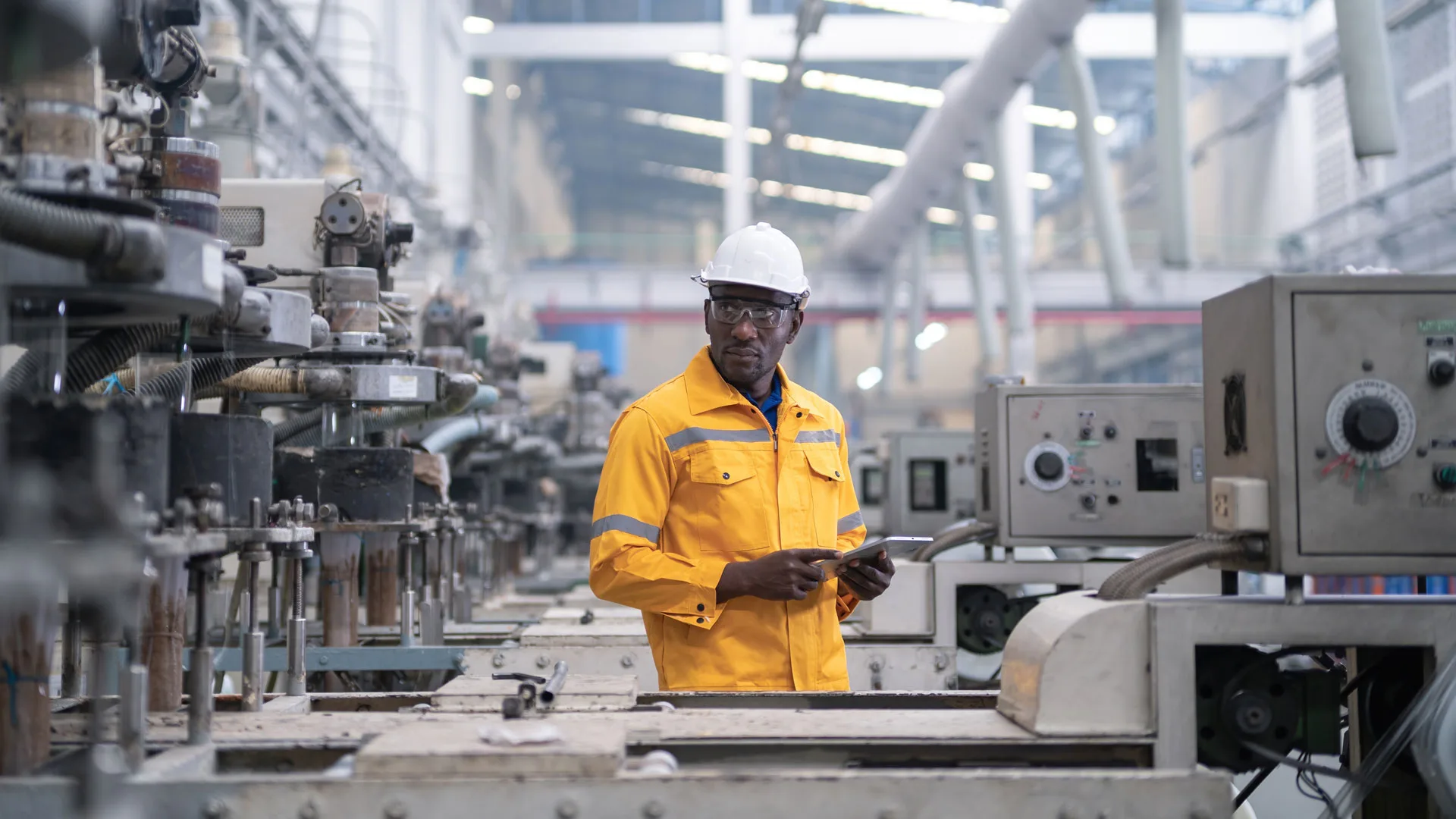Running a coffee shop involves constant interaction with customers in a bustling environment filled with hot beverages, food prepar…
Coffee Shop Roastery Insurance: Complete Protection Guide for Your Bean-to-Cup Business
Running a coffee shop roastery combines the artistry of coffee roasting with the complexities of retail operations, creating unique insurance needs that standard business policies often overlook. From high-temperature roasting equipment to customer-facing retail spaces, roastery owners face distinctive risks that require specialized coverage.
Understanding Coffee Shop Roastery Operations
Coffee shop roasteries operate as hybrid businesses, combining manufacturing processes with retail services. This dual nature creates exposure to risks from both industrial roasting operations and customer-facing activities. Whether you're a small-batch artisan roaster or a larger commercial operation, understanding your insurance requirements is crucial for protecting your investment and ensuring business continuity.
Essential Insurance Coverage for Coffee Roasteries
Commercial Combined Insurance
Commercial combined insurance provides comprehensive protection under a single policy, covering multiple aspects of your roastery operation. This typically includes buildings insurance for your premises, contents coverage for equipment and stock, business interruption protection, and liability coverage.
For roasteries, this coverage is particularly valuable as it addresses the interconnected nature of your operations. When roasting equipment fails, it doesn't just affect production – it impacts your ability to serve customers, maintain revenue, and meet wholesale commitments.
Professional Indemnity Insurance
Professional indemnity insurance protects against claims arising from professional advice or services provided to customers. For coffee roasteries, this might include advice on brewing methods, coffee selection, or equipment recommendations. If a customer claims your advice led to financial loss or damage, professional indemnity insurance provides legal defense and compensation coverage.
Product Liability Insurance
Product liability coverage is essential for any business selling consumable products. Coffee roasteries face potential claims if customers suffer illness or injury allegedly caused by your coffee products. This might include contamination issues, allergic reactions, or foreign objects in packaged coffee.
The coverage extends beyond just the coffee itself to include any food items sold alongside your beverages, such as pastries, sandwiches, or snacks sourced from suppliers.
Equipment Insurance
Roasting equipment represents a significant investment, often costing tens of thousands of pounds. Specialized equipment insurance covers repair or replacement costs for roasters, grinders, packaging equipment, and other essential machinery. Standard contents insurance may not provide adequate coverage for these specialized items.
Consider coverage that includes breakdown protection, as roasting equipment operates under high temperatures and stress conditions that can lead to mechanical failures even without external damage.
Business Interruption Insurance
Business interruption insurance compensates for lost income when your roastery cannot operate due to covered incidents. For roasteries, this protection is particularly important given the specialized nature of roasting equipment and the time required for repairs or replacements.
Coverage should account for both direct sales losses and the impact on wholesale customers who depend on your regular supply. Extended business interruption coverage can protect against losses from supplier failures or utility outages that affect your operations.
Specific Risks Facing Coffee Roasteries
Fire and Heat Damage
Coffee roasting involves high-temperature processes that create inherent fire risks. Roasting equipment operates at temperatures exceeding 200°C, and the presence of combustible coffee chaff increases fire hazards. Proper ventilation systems and fire suppression equipment are essential, but insurance provides crucial financial protection.
Fire damage can extend beyond the roasting area to affect retail spaces, stored green coffee beans, finished products, and customer areas. Smoke damage can contaminate entire inventories, requiring comprehensive cleanup and replacement.
Equipment Breakdown
Roasting equipment is complex and operates under demanding conditions. Breakdown of key components can halt production entirely, affecting both retail operations and wholesale commitments. Modern roasters rely on sophisticated control systems that can fail due to electrical issues, software problems, or mechanical wear.
Contamination and Product Recall
Coffee products can become contaminated through various means, from foreign objects entering the roasting process to cross-contamination with allergens. Product recall insurance covers the costs of retrieving and destroying affected products, notifying customers, and managing the recall process.
Theft and Security
Coffee shops attract theft risks due to cash handling and valuable equipment. High-end espresso machines, grinders, and roasting equipment are attractive targets for thieves. Green coffee beans, particularly specialty varieties, can also represent significant value.
Public Liability
Customer-facing operations create public liability exposures. Hot beverages, wet floors, and busy environments can lead to customer injuries. Additionally, the aroma and noise from roasting operations might affect neighboring businesses, potentially leading to nuisance claims.
Cyber Security
Modern roasteries increasingly rely on digital systems for point-of-sale operations, online ordering, customer databases, and equipment monitoring. Cyber insurance protects against data breaches, system failures, and cyber attacks that could disrupt operations or compromise customer information.
Factors Affecting Insurance Premiums
Business Size and Revenue
Larger operations with higher revenues typically face higher premiums due to increased exposure. However, they may also benefit from economies of scale and better risk management resources.
Location and Premises
Urban locations may face higher theft and public liability risks but better emergency response times. Premises age, construction type, and fire protection systems significantly impact premiums.
Equipment Value and Age
Newer, more expensive equipment increases contents insurance costs but may qualify for better rates due to improved safety features and reliability.
Safety Measures and Risk Management
Investment in fire suppression systems, security measures, staff training, and maintenance programs can reduce premiums through improved risk profiles.
Claims History
Previous claims affect future premiums. Maintaining good claims records through effective risk management helps control insurance costs.
Choosing the Right Insurance Provider
Specialist Knowledge
Select insurers with experience in food service and manufacturing operations. They better understand roastery risks and can provide more appropriate coverage terms.
Policy Flexibility
Look for insurers offering flexible policies that can adapt as your business grows. This might include options to adjust coverage limits, add new equipment, or expand into additional locations.
Claims Service
Evaluate insurers' claims handling reputation, particularly for business interruption claims where prompt settlement is crucial for business survival.
Risk Management Support
Many insurers provide risk management resources, including safety training, equipment maintenance guidance, and loss prevention advice.
Steps to Obtain Coverage
Risk Assessment
Conduct a comprehensive assessment of your roastery operations, identifying all potential risks and their financial impact. This includes evaluating equipment values, revenue streams, and operational dependencies.
Coverage Evaluation
Work with insurance professionals to match identified risks with appropriate coverage types. Ensure policy limits align with potential loss exposures and consider the impact of inflation on replacement costs.
Documentation
Maintain detailed records of equipment specifications, values, and maintenance history. Document safety procedures, staff training programs, and risk management measures.
Regular Reviews
Review coverage annually or when making significant business changes. This ensures insurance keeps pace with business growth and changing risk profiles.
Regulatory Considerations
Food Safety Regulations
Compliance with food safety regulations is essential for maintaining insurance coverage. Insurers may require evidence of proper food handling procedures, temperature monitoring, and staff training.
Health and Safety Requirements
Workplace safety regulations apply to roastery operations, particularly regarding equipment operation, chemical storage, and employee protection. Non-compliance can void insurance coverage.
Environmental Regulations
Roasting operations may be subject to environmental regulations regarding emissions, waste disposal, and noise levels. Insurance coverage should align with regulatory requirements.
Cost Management Strategies
Risk Reduction
Implement comprehensive risk management programs including staff training, equipment maintenance, security measures, and safety procedures. These investments often pay for themselves through reduced premiums and fewer claims.
Deductible Selection
Higher deductibles can significantly reduce premiums but ensure you can afford the increased out-of-pocket costs in case of claims.
Bundle Coverage
Combining multiple coverage types with a single insurer often provides cost savings compared to purchasing separate policies.
Regular Market Reviews
Insurance markets change regularly. Periodic reviews with multiple insurers can identify better coverage options or pricing.
Common Coverage Gaps
Utility Interruption
Standard policies may not cover losses from utility failures that don't cause physical damage to your premises but prevent operations.
Seasonal Variations
Coffee businesses often experience seasonal fluctuations. Ensure business interruption coverage reflects peak season revenues rather than annual averages.
New Equipment
Newly acquired equipment may not be automatically covered or may have limited coverage periods. Ensure prompt notification to insurers when adding equipment.
Off-Premises Coverage
Consider coverage for equipment temporarily removed from premises for maintenance, trade shows, or catering events.
Conclusion
Coffee shop roastery insurance requires careful consideration of the unique risks facing bean-to-cup operations. From high-temperature roasting processes to customer-facing retail activities, roasteries need comprehensive coverage that addresses both manufacturing and service industry exposures.
The key to effective insurance protection lies in understanding your specific risks, selecting appropriate coverage types, and working with insurers who understand the coffee industry. Regular policy reviews ensure your coverage evolves with your business, providing the protection needed to weather unexpected challenges and continue serving the perfect cup.
Investing in proper insurance coverage isn't just about regulatory compliance or lender requirements – it's about protecting the passion, investment, and hard work that goes into creating exceptional coffee experiences for your customers. With the right insurance foundation in place, you can focus on what you do best: roasting exceptional coffee and building your business.


 0330 127 2333
0330 127 2333



























